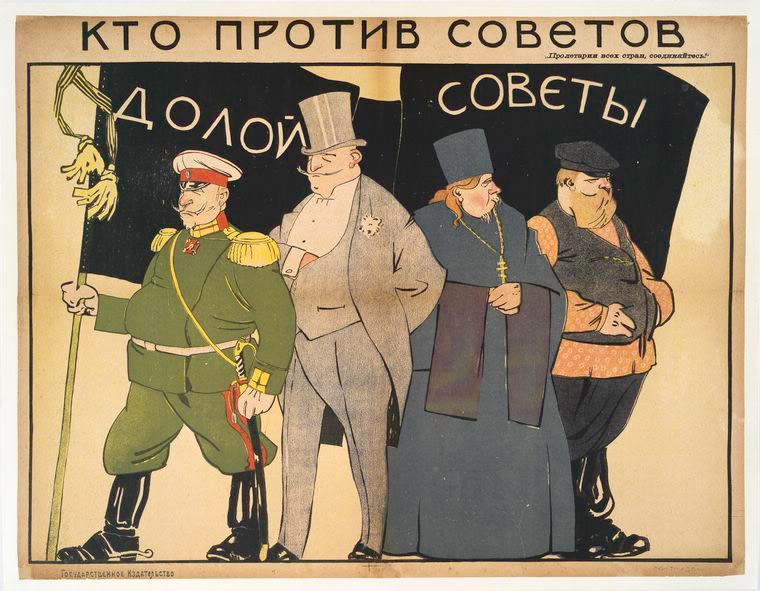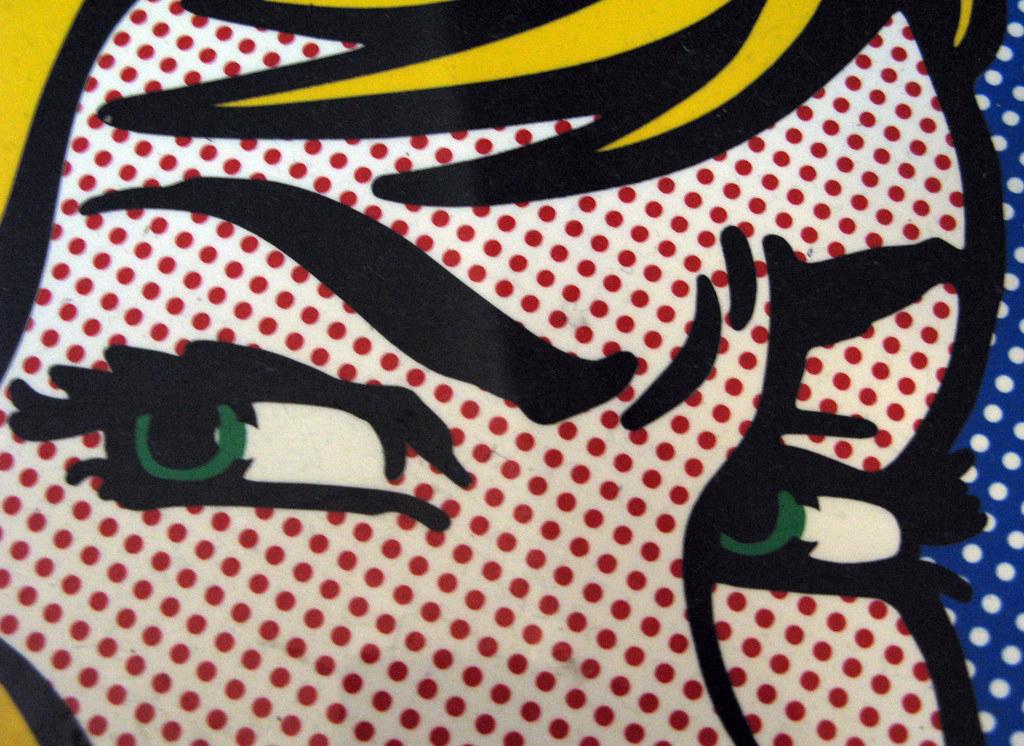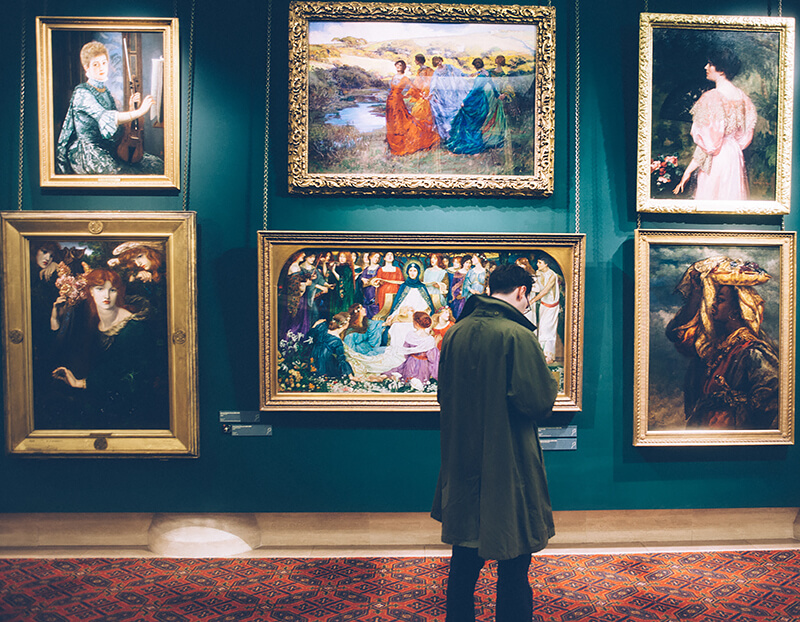Origins and Evolution of Propaganda Art
Art has swayed minds for centuries, from ancient symbols to modern digital posters. Emperor Augustus used marble to craft his legacy, while Pericles wielded speeches to unite Athens.
World War I saw art take a sharper turn with nationalistic posters. James Montgomery Flagg's iconic Uncle Sam poster became a powerful call to action, declaring "I Want YOU for U.S. Army".
During World War II, propaganda reached new heights:
- Nazi Germany weaponized art to promote their ideology
- American propaganda vilified the Japanese
- Soviet posters glorified the worker and the state
The Cold War brought subtler forms of persuasion, with art weaving fear of communism and hope for the American dream into daily life.
Technology expanded propaganda's reach through print media, radio, and television. The canvas became a screen, with messages flickering through new mediums.
Through every era, art has shaped perceptions and wielded influence, blending beauty and persuasion in unique ways.

Pop Art and Mass Media Influence
Mid-20th century saw the rise of Pop Art, a movement reflecting and critiquing the growing mass media landscape. Andy Warhol's silkscreens of Marilyn Monroe and everyday objects like soup cans challenged the art world's conventions.
Pop artists subverted familiar images from advertising and consumer culture, holding a mirror to society's fascination with mass-produced goods and celebrity. Their work examined how advertising shaped public perception, promising happiness and status through consumption.
This artistic rebellion danced along the line between art and commodity, using irony to illustrate the absurdity of a culture entranced by commercial imagery. As mass media expanded, Pop Art urged viewers to look beyond the glossy surface and question the depth of what they saw.
The movement's legacy persists, reminding us to interpret the saturated visual world around us with a critical eye.

Propaganda in Socialist and Capitalist Societies
20th-century propaganda took different forms in socialist and capitalist societies, yet shared the goal of shaping public perception. Soviet propaganda featured bold posters depicting workers marching towards a collective utopia, reinforcing state ideology through art.
In the United States, propaganda blended with consumerism, portraying the American Dream through images of middle-class prosperity and freedom. Both systems recognized art's power to conduct sentiment and ideology.
During the Cold War, these contrasts became clearer:
- Soviet propaganda showcased technological advancements and egalitarian ideals
- American efforts emphasized liberty and warned against the communist threat
Despite their differences, both socialist and capitalist propaganda manipulated perceptions through art, illustrating how persuasive imagery can resonate with ideals and emotions across borders and barriers.
Contemporary Art and Media Archetypes
Contemporary artists like Ellen Gallagher and Cindy Sherman challenge media-perpetuated archetypes of race and gender. Gallagher's collages disrupt stereotypes in beauty advertisements aimed at Black women, using repetition to confront viewers with embedded cultural assumptions.
Sherman's "Untitled Film Stills" recreate familiar female archetypes from mid-20th century cinema, inviting reflection on Hollywood's portrayal of women. Her work pays tribute to film's visual language while critiquing its stereotypes.
Together, these artists encourage us to examine how media shapes our understanding of identity. They urge us to question and deconstruct the archetypes that influence societal perceptions, reminding us of art's power to transform our visual culture.
Theoretical Perspectives on Propaganda
Walter Benjamin and Theodor Adorno, key Frankfurt School theorists, shaped our understanding of art as both vessel and vehicle for propaganda. Benjamin explored how technological reproduction affects art's authenticity, warning against the aestheticization of politics that blurs civic engagement and spectacle.
Adorno, with Max Horkheimer, introduced the concept of the 'culture industry,' revealing how mass culture perpetuates social norms and capitalist ideologies through entertainment. They argued that art's conversion into commodity neutralizes its critical potential.
These thinkers challenge us to see art's role within society not just as aesthetic experience, but as a means of manipulation reflecting ideology. Their insights remain relevant today, cautioning against superficial engagement with cultural products and urging us to look beyond surface-level aesthetics to understand the interplay between image and intent.
Art continues to shape and reflect societal stories, serving as a tool for persuasion and reflection. It challenges us to question the images and messages in our daily lives, inviting a deeper understanding of the forces that mold our perceptions.
- Ellul J. Propaganda: The Formation of Men's Attitudes. New York: Alfred A. Knopf; 1969.
- Benjamin W. The Work of Art in the Age of Its Technological Reproducibility: Second Version. In: Jennings MW, Doherty B, Levin TY, eds. Walter Benjamin: The Work of Art in the Age of Its Technological Reproducibility and other Writings on Media. Cambridge, MA: Harvard University Press; 2008:19-55.
- Adorno TW, Horkheimer M. The Culture Industry: Enlightenment as Mass Deception. In: Schmid Noerr G, ed. Dialectic of Enlightenment: Philosophical Fragments. Stanford, CA: University of Stanford Press; 2002:94-136.






















